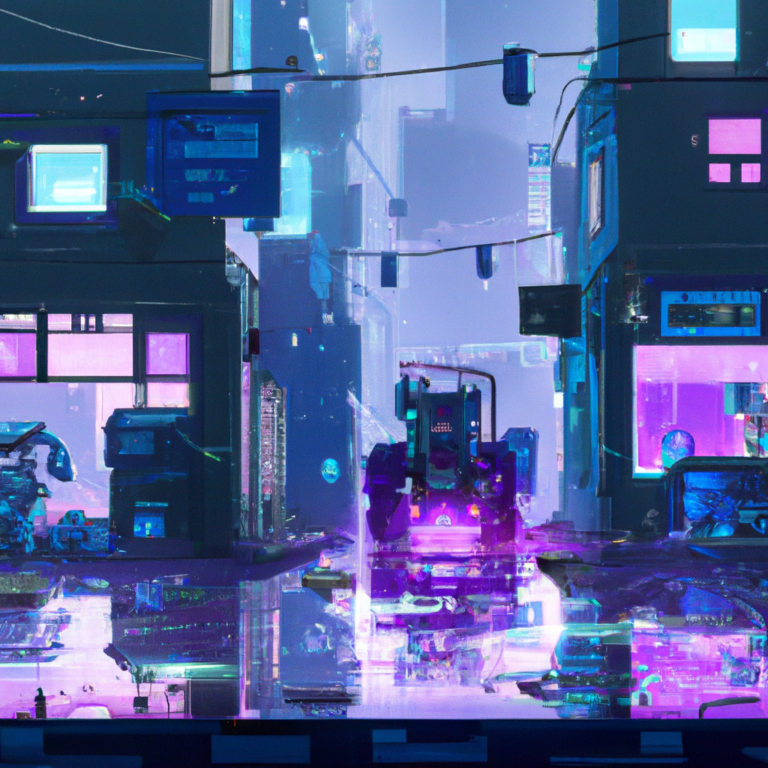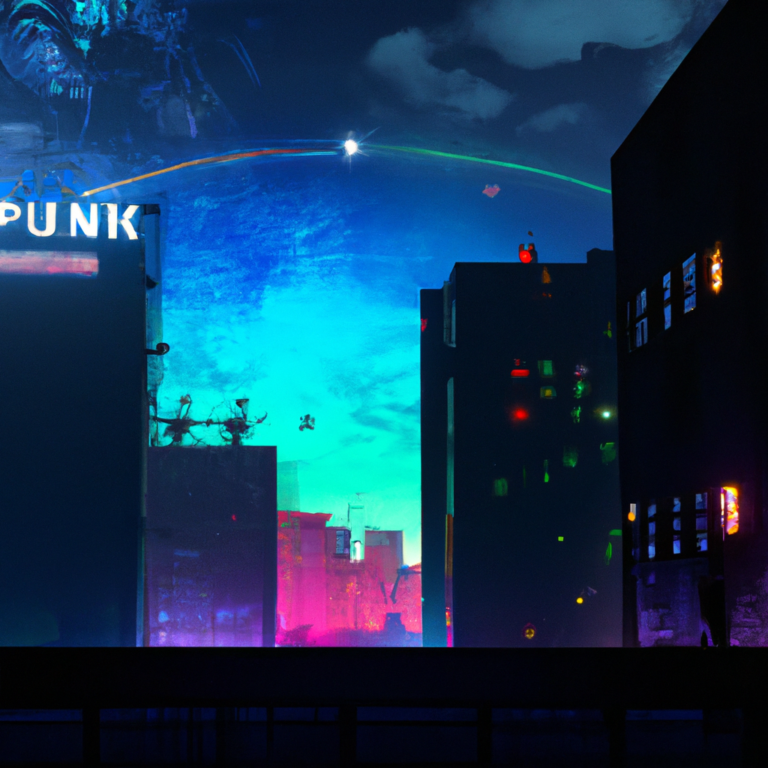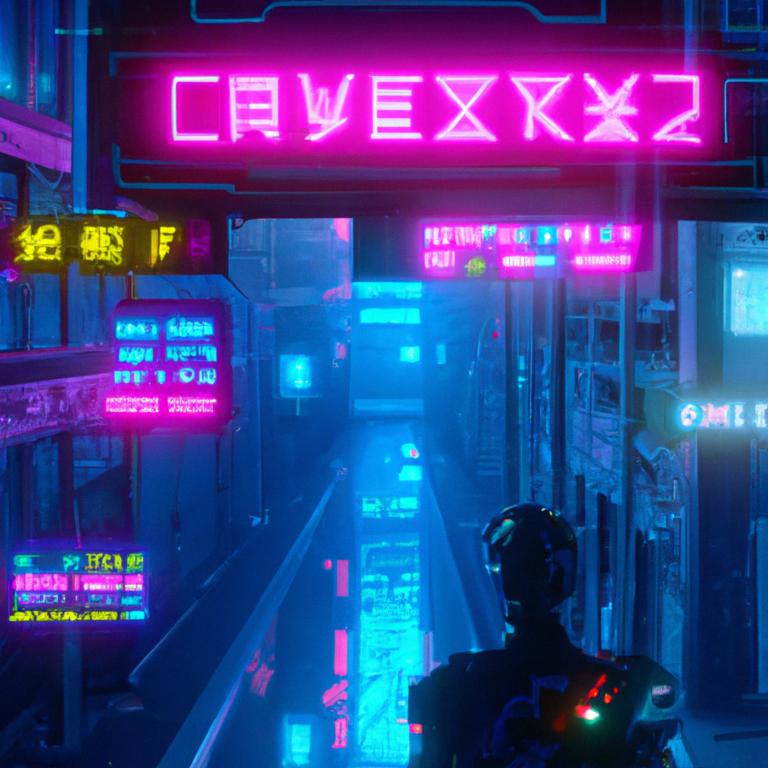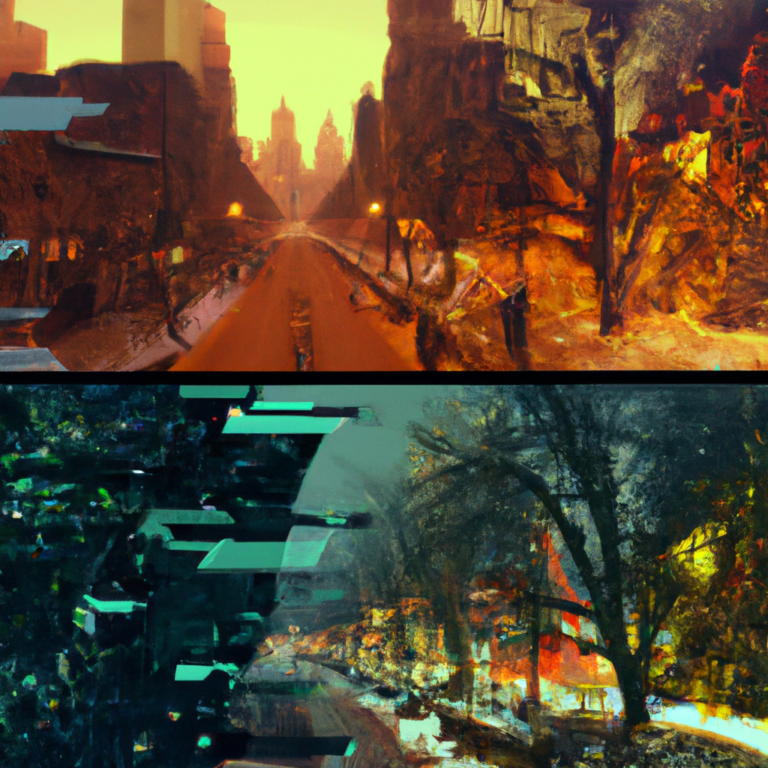“Reviving the Classics: The Role of Nostalgia in Retro Game Development”
When you leap over that mushroom in Super Mario Bros or hear the familiar jingle of collecting a coin, does it take you back to your childhood? If yes, then you have experienced what is commonly referred to as nostalgia. There is a substantial history of nostalgia development in games, particularly in the retro gaming environment.
Nostalgia, derived from the Greek words ‘nostos’ (returning home) and ‘algos’ (pain), refers to the sentimental longing for the past. In video game culture, nostalgia is a potent force, driving everything from the resurgences of 8-bit aesthetics to the popularity of retro consoles.
Many game developers are tapping into this feeling of nostalgia to create games that harken back to the ‘golden age’ of gaming. Developers are incorporating old school design principles and pixel art styles, reinventing them for a contemporary audience. These games may appear simple or outdated to the untrained eye, but they hold a certain charm for those who grew up with them.
An excellent example of this is the 2018 indie megahit, Celeste. Despite its modern release, the game incorporates pixel art and 2D platforming reminiscent of the games of the ’80s and ’90s. Its success proved that retro-style games could still capture the hearts of modern gamers.
An essential aspect of nostalgia development in games is the retro revival. This phenomenon sees classic games from the ’70s, ’80s, and ’90s being remastered and re-released for modern systems. For example, Crash Bandicoot N. Sane Trilogy and Spyro Reignited Trilogy are both successful reimaginings of classic PlayStation titles. These games not only bring back fond memories for older players but also introduce younger generations to games that defined the industry.
The re-release of classic consoles, such as the Nintendo NES Classic Edition and the Super NES Classic Edition, is another testament to the power of nostalgia. These consoles come pre-loaded with games from their original systems, providing an authentic retro gaming experience.
The appeal of these nostalgic elements is often due to the emotional connection that players have with these games. They represent a simpler time, often associated with childhood, and evoke memories of the joy and excitement of early gaming experiences.
However, it’s not just about replicating the past. The best nostalgia-driven games learn from history while also providing something new. They balance the old and the new, combining the best elements of classic games with modern design principles.
In conclusion, nostalgia is a powerful tool in game development, providing a bridge between the past and the present. As we move into the future, it will be fascinating to see how developers continue to incorporate these nostalgic elements, remixing and reimagining them for new audiences. As we’ve learned, nostalgia in game development can be a potent force, driving both the design of new games and the return of old favorites. The future of gaming may be high-tech, but it will undoubtedly contain a healthy dose of retro charm.







